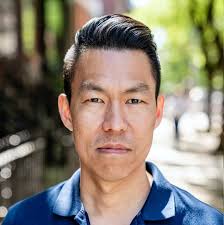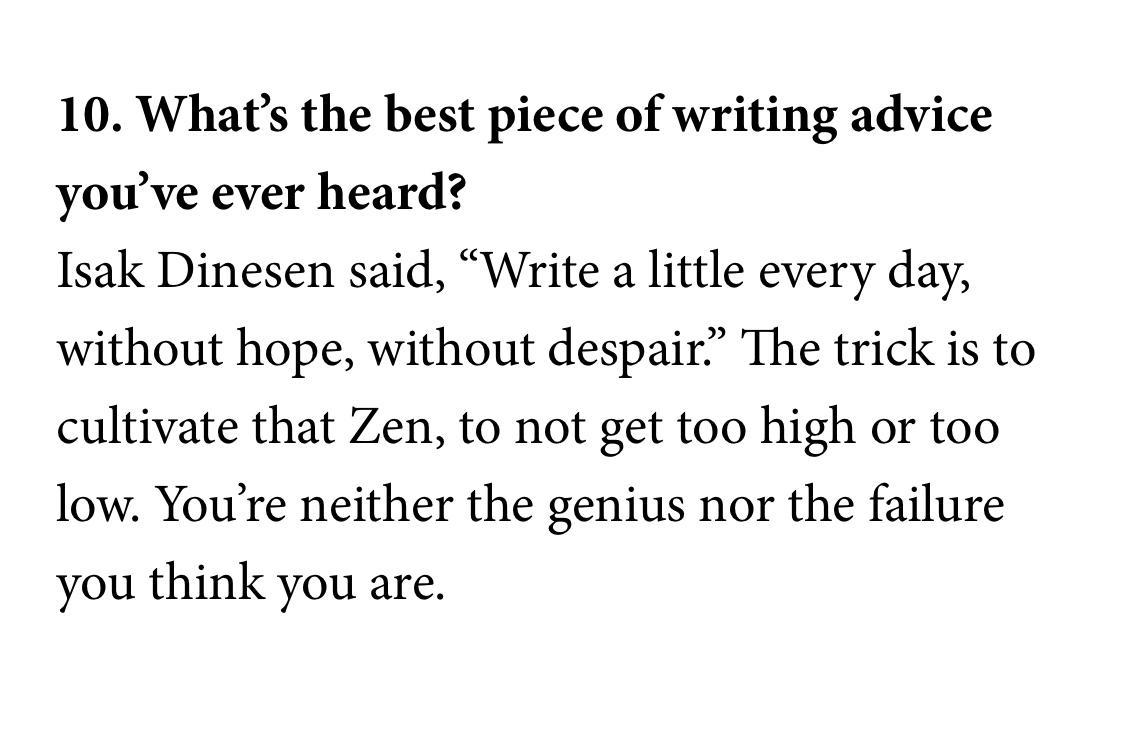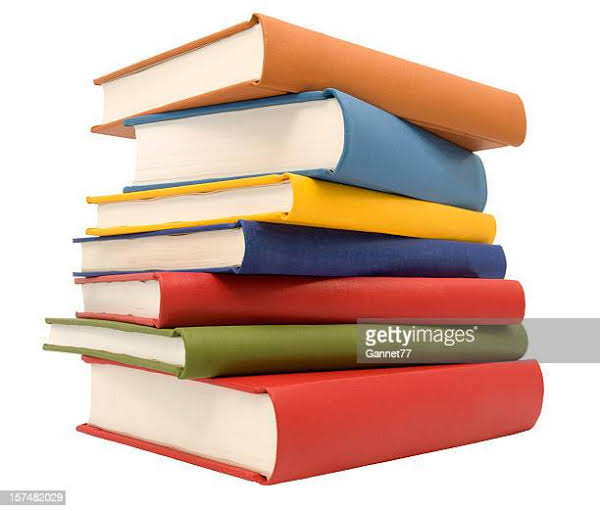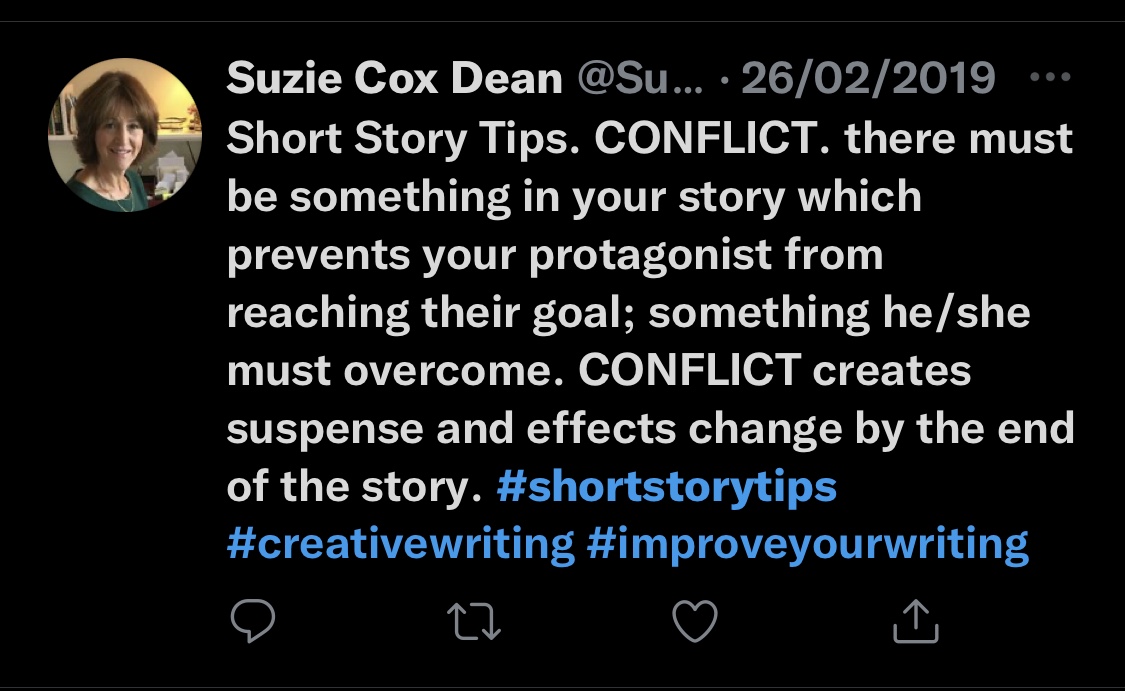5 Tips on Holding Attention in a Short-Story { Step by Step Guide + Examples}
Many budding short story writers struggle with holding-attention in a short-story. Writing a short story seems like an easier form of prose than writing a full-length novel. Writers who do not have the passion to write full-length novels may find ways to express their creativity through short stories.
However, just as novel writing has its techniques, so do short stories. The misconception that short stories are easier to write must be corrected, as this is not usually the case. Many times when I read short stories, it is as though they are written in haste. Many writers have not mastered the art of holding-attention in a short-story and do not know how to properly engage readers as they miss the techniques required to write a successful short story.
Sometimes Holding-Attention in a short-story of 500 – 3000 words might be difficult because it seems like the word count limits the expression of creativity. However, writers must write in a way that helps readers understand the message they are trying to pass across. There are steps that writers must follow in order to share their creativity in the best way possible.
It was for this reason that I decided to listen to Jack Wang’s presentation: Holding Attention in the Short Story.

According to Jack, the most important thing a writer must know while writing short stories or fiction in general, is how to hold attention. They must compel the readers to keep up until the very last word.

In this article about Jack Wang’s presentation; Holding Attention in the Short Story, he explores the technicalities of a short story and how one can properly have the attention of any reader. The following are some things I learned from the presentation.
A Tale of Two Tensions
According to Wang, every short story answers two questions.
- The first is why now? Wang believes that a short story cannot capture the entirety of a person’s consciousness. A short story is like a synecdoche. A part has to represent the whole. This brings about the question that your short story should answer — why now? Why this part? Why do you think that this part is what would hold attention in your short story? Your short story should be able to give an answer to this question.
- The second question a short story should answer is; what is at stake? The question triggers the readers to be intrigued. Why should the story matter to them and why must they pay attention? There has to be something at stake that pulls them and alerts them to read until the very end.

Jonathan Godshell states that there is a universal grammar for every kind of story. Stories across cultures have their unique essence. The universal grammar is character, predicament and extracted extrication.
Stories are about predicament. Something has to happen to the character that they have to face head on. It is this predicament that triggers a series of event that the writer eventually shares with the readers. Without this, a story has no true essence.
There are different kinds of predicaments.
- Acute tension: a predicament that characters face immediately; here and now. They disturb the habitual/ status quo in the character’s life. The emphasis is on action, incident, and plot. This kind of tension helps to answer the question “Why now?”

- Chronic tensions: problems from the past. It is a kind of tension that is longstanding. The problems are ongoing in the character’s life. This kind of predicament emphasizes more on the character. Stories are about the mystery of character and chronic tension helps to reveal that mystery. It helps to answer the question, “What’s at stake?”
A short story is an interplay of these two tensions. For a writer who wishes to be successful in short story writing, understanding these tensions and knowing when and how to use them is a prerequisite.
Turn and Face the Strange Changes
Perceptual systems don’t work unless there are changes to detect. The human mind can only pay attention to what they find fascinating and new. When unexpected change happens, readers are more inclined to find out what it means and what effect it has to everything ongoing.

Humans always want to understand the concept of change and where it might lead to. Is it good or bad? Curiosity is what readers should feel in the opening movements of an effective story. This helps to keep them on their toes and hold their attention.
There are stories where the acute tension doesn’t change. However, it all depends on how well the author can embody this.
Suspicious Minds
Every writer should understand that the content of one’s mind differs from the content of others. In learning the techniques of holding-attention in a short-story, a writer must understand that suspense creates eagerness, and this can only happen when the reader’s mind becomes suspicious.

The theory of mind describes our ability to explain people’s behavior in terms of their thoughts, feelings, beliefs, and intentions.
The human mind is naturally designed to be suspicious, eager to know, and willing to properly understand what goes on around.
Mind the Information Gap while Holding-Attention in a Short-Story
As humans, we want information. We want to know what is happening. Story tellers should often use this to their advantage. According to Wang, “The more context we learn about mystery, the more anxious we are to solve it.”
Readers need to be informed, they need to understand the drama in order to keep up with the build up a writer is creating. Providing readers with visual presentation using a creative ppt is a must to keep them updated at all times. The curiosity of readers plays a significant role. The zone of maximum curiosity is what a writer should aim at. It is a situation whereby storytellers play; making readers think that they have some idea, but with uncertainty.
A short story should have these basics in order to properly hold attention. When a writer begins a story in a particular way, creating chronic or acute tension at the beginning, the writer should also make sure that at the end of the story, these tensions are resolved.
Short stories must not have a complex structure or form. Every story start at the latest possible moment and only the writer can decide when that moment is. Many successful endings of stories project into the future, but it doesn’t need to expatiate the entirety of that future.
Once a writer has resolved the acute and chronic tension, as well as the information gap, then there is no more information to share.
Finally on Holding-Attention in a Short-Story
Without holding attention, a writer will struggle to persuade readers to continue reading when there are many works to read.
These tips mentioned in this article are some basic techniques a writer should follow in order to hold the attention of readers in a short story.

Chiziterem Chijioke is a creative writer, editor and a student of mass communication. She has worked as a volunteer and is a member of Fresh Writers Community and currently works as an editor for Creative Writing News. She has authored four works, some of which have been published on Pabpub. She is purpose driven and passionate about writing.




